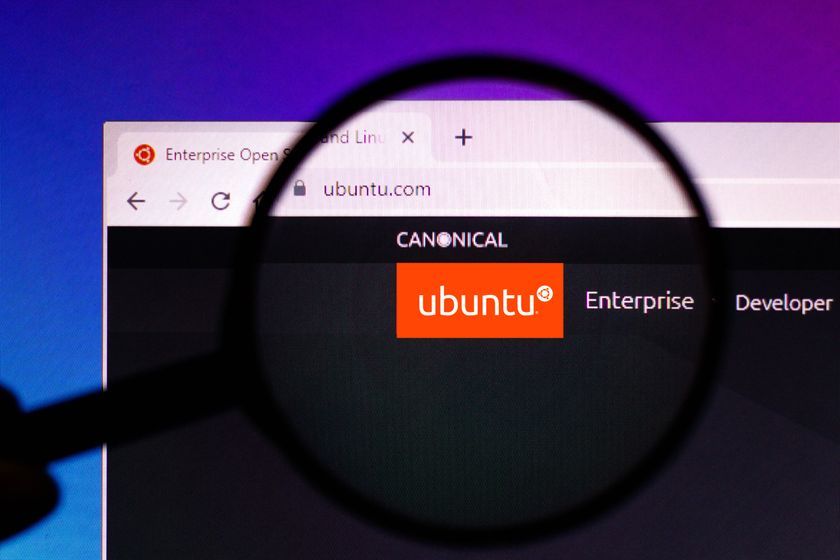Strip mining of open source
Strip mining of open source can be interpreted as the appropriation of free software code for proprietary gain with no intention of feeding code changes back to the community. Open source software developers beware...
The Renaissance
At the same time as IBM first began to recognise the benefits of "open source" in the shape of Apache, it began to see the potential of GNU/Linux, under the GPL, to become a scalable industry platform, with substantial benefit to IBM's repositioning as a "service company". The subsequent adoption of Linux by IBM has worked to the mutual advantage of both Linux and IBM. Linux has played a big part in the continuing renaissance of IBM. IBM has played a large part in the commercial acceptance of Linux. Most importantly for IBM, the company has gained an enterprise class operating system, GNU/Linux, which scales across its full range of hardware, at a minimal cost, and in so doing has saved millions, if not billions, in development costs.
This has been equally true for IBM's rivals. Free software and collaboration for mutual interest has pushed down development costs across the industry, a pattern that is repeating itself across several other industries. IBM may lose out in making large contributions to the Linux kernel but gains from the contributions of others, including its commercial rivals - and the resultant code can not be lost and forked in a proprietary branch.
The GPL works, and there is a lesson to be learnt in the choice of license for working software projects. GPL'd projects are less likely to fork or break under the influence of outside interests, and contributors gain from the contributions of others. The GPL has been a large contributing factor to the success of Linux among the hardware companies, and Linux is fulfilling much of the promise of Unix, as a common industry platform, precisely because it has the protection of the GPL. .
To this extent there has been an industry-wide acceptance of the inevitability of free and open source software, and the so-called "viral nature" of the GPL has been a vital element in this success. Competitors can 'steal' IBM's contributions, but in doing so, they must donate their own contributions back to the whole, and vice-versa. The remaining dilemma for the large hardware and service companies is that they have grown up in an era when software development and production was predicated on a closed-source model, with high internal development costs and fixed revenue streams. In the brave new world of free and open source software, all these boundaries are changing.
Companies such as Red Hat and JBoss, now owned by Red Hat, have demonstrated that there are revenues to be had from training and support of monitored releases of the software. The bigger problem for the larger companies is how to adapt their business models to the changing realities. IBM has realised the value of remodelling itself as a service company, but still makes a large part of its revenues from closed source software sales. Sun has identified itself irrevocably with the JAVA brand. Both have been reluctant to let them go. Fleury put the dilemma more succinctly: "Shifting from a software license revenue model to a subscription revenue model is PAINFUL for big vendors like BEA and IBM who need to protect their sacred cows so Wall Street doesn't devalue them."
Nonetheless, Sun has released important parts of its software, including JAVA, under free software licenses, and an IBM spokesperson has made recent noises about the possibility of a future release of DB2 under a free software license, although nobody is expecting this to happen soon.
Get the ITPro. daily newsletter
Sign up today and you will receive a free copy of our Focus Report 2025 - the leading guidance on AI, cybersecurity and other IT challenges as per 700+ senior executives
Further up the stack IBM has been more reticent in recognising the impact of Linux and free software, which in some ways has been surprising, because IBM, like the other hardware/service companies, has engaged in a sustained drive to encourage ISVs to port their code to Linux.
DB2, WebSphere, Tivoli, and other server-side software long ago been ported to Linux under proprietary licenses, as you might expect, but the Lotus division has remained relatively distant and reluctant, even though an early, and complete, port of the Lotus range of software to Linux might have proved a winner.
The unfinished symphony
As if to illustrate the dichotomies within IBM, the first full Lotus client side release for Linux is Lotus Symphony, which is a strange amalgam of an older (dual licensed) version of OpenOffice embedded in a proprietary shell. IBM is enthusiastically marketing Lotus Symphony as a free, as in beer, alternative, and is making much of its default support for ODF, the open document standard, but the unlikely choice of code base is strange, and oddly reflects Fleury's views on "strip mining", the adoption and modification of "open source" code developed under a permissive "open source" license.















